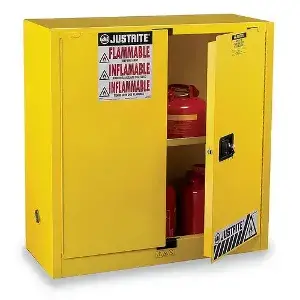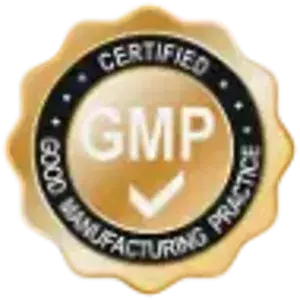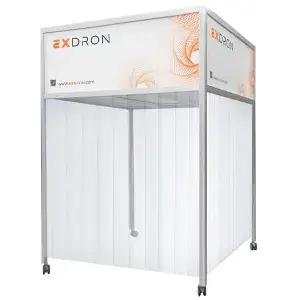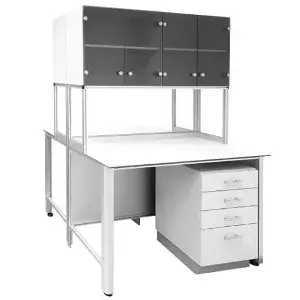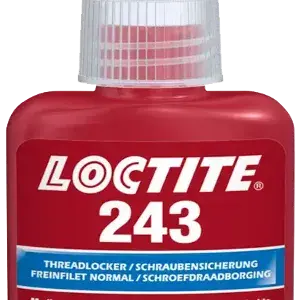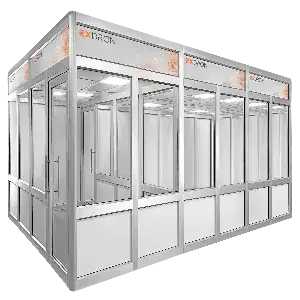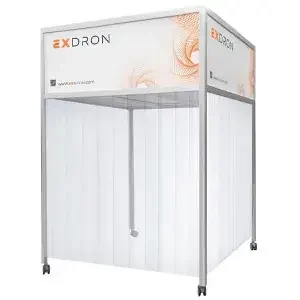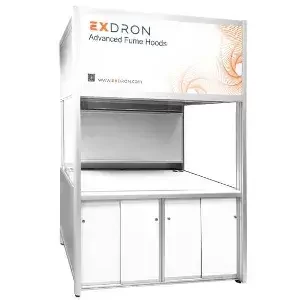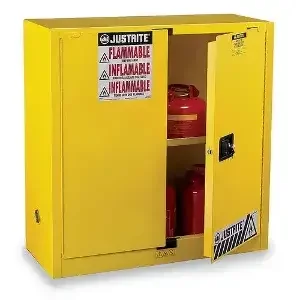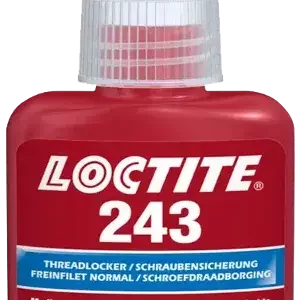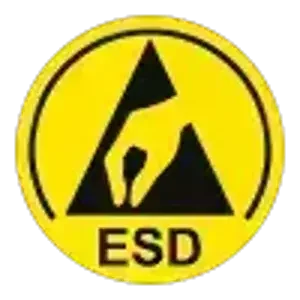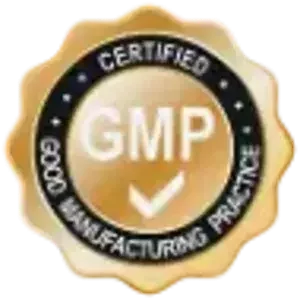Cleanroom Airflow Principle
Cleanroom airflow is the movement of air within and through a cleanroom. Cleanroom airflow is essential for maintaining the cleanliness level and air changes per hour (ACH) in the cleanroom. Cleanroom airflow also affects the temperature, humidity, and pressure conditions in the cleanroom.
Cleanroom airflow can be classified into two types: unidirectional and turbulent. Unidirectional airflow is a type of airflow that flows in a single direction with a steady velocity and parallel streamlines. Unidirectional airflow is typically used for cleanrooms with higher cleanliness levels (ISO 5 or better), where laminar flow is required to minimize turbulence and particle suspension. Turbulent airflow is a type of airflow that flows in a highly random motion and creates mixing and dilution of particles. Turbulent airflow is typically used for cleanrooms with lower cleanliness levels (ISO 6 or worse), where non-uniform flow is acceptable and more economical.
Cleanroom airflow can be generated by different methods, such as:
• Fan filter units (FFUs): FFUs are devices that consist of a fan and a filter, usually HEPA or ULPA, that provide filtered air to a cleanroom. FFUs are usually installed in the ceiling of a cleanroom, creating a grid of air outlets that deliver a uniform and laminar airflow to the cleanroom. FFUs can also be mounted on walls or floors, depending on the design and layout of the cleanroom.
• Air handling units (AHUs): AHUs are devices that condition and distribute air to a cleanroom. AHUs are usually located outside the cleanroom, and connected to the cleanroom by ducts and vents. AHUs can provide filtered, heated, cooled, humidified, or dehumidified air to the cleanroom, depending on the requirements. AHUs can also provide positive or negative pressure to the cleanroom, depending on the application and process.
• Recirculation systems: Recirculation systems are systems that reuse a portion of the air in the cleanroom, after filtering and conditioning it. Recirculation systems can reduce the energy consumption and operating costs of the cleanroom system, as they reduce the amount of fresh air that needs to be supplied to the cleanroom. Recirculation systems can also improve the stability and uniformity of the cleanroom conditions, as they reduce the influence of external factors.
Cleanroom airflow can be controlled and monitored by different devices, such as:
• Variable speed drives (VSDs) or variable frequency drives (VFDs): VSDs or VFDs are devices that allow the fan speed of the FFUs or AHUs to be controlled and optimized, resulting in lower energy use and noise levels. VSDs or VFDs can also adjust the airflow rate and direction, depending on the application and process requirements.
• Sensors and indicators: Sensors and indicators are devices that measure and display the airflow parameters, such as the velocity, pressure, temperature, and humidity, in the cleanroom. Sensors and indicators can help to ensure that the airflow is within the desired range and meets the specifications and standards of the cleanroom.
• Alarms and alerts: Alarms and alerts are devices that warn the user of any abnormal or critical situations, such as filter clogging, fan failure, or airflow deviation, in the cleanroom. Alarms and alerts can help to prevent or minimize the damage and contamination caused by the airflow issues.
Cleanroom airflow is a complex and dynamic phenomenon that requires careful design, installation, and maintenance. Cleanroom airflow can have a significant impact on the quality and efficiency of the product or process that is carried out in the cleanroom. Therefore, it is important to understand the cleanroom airflow principle and its implications for the cleanroom system.



